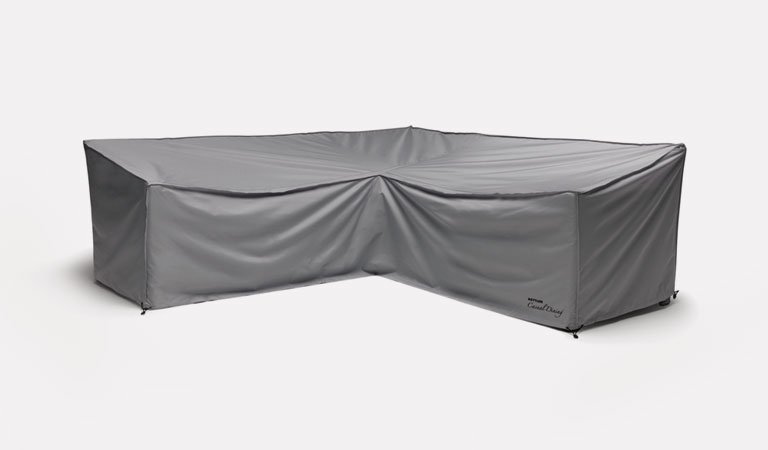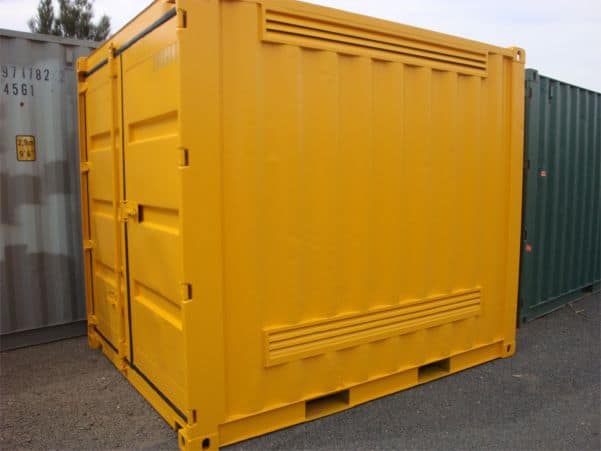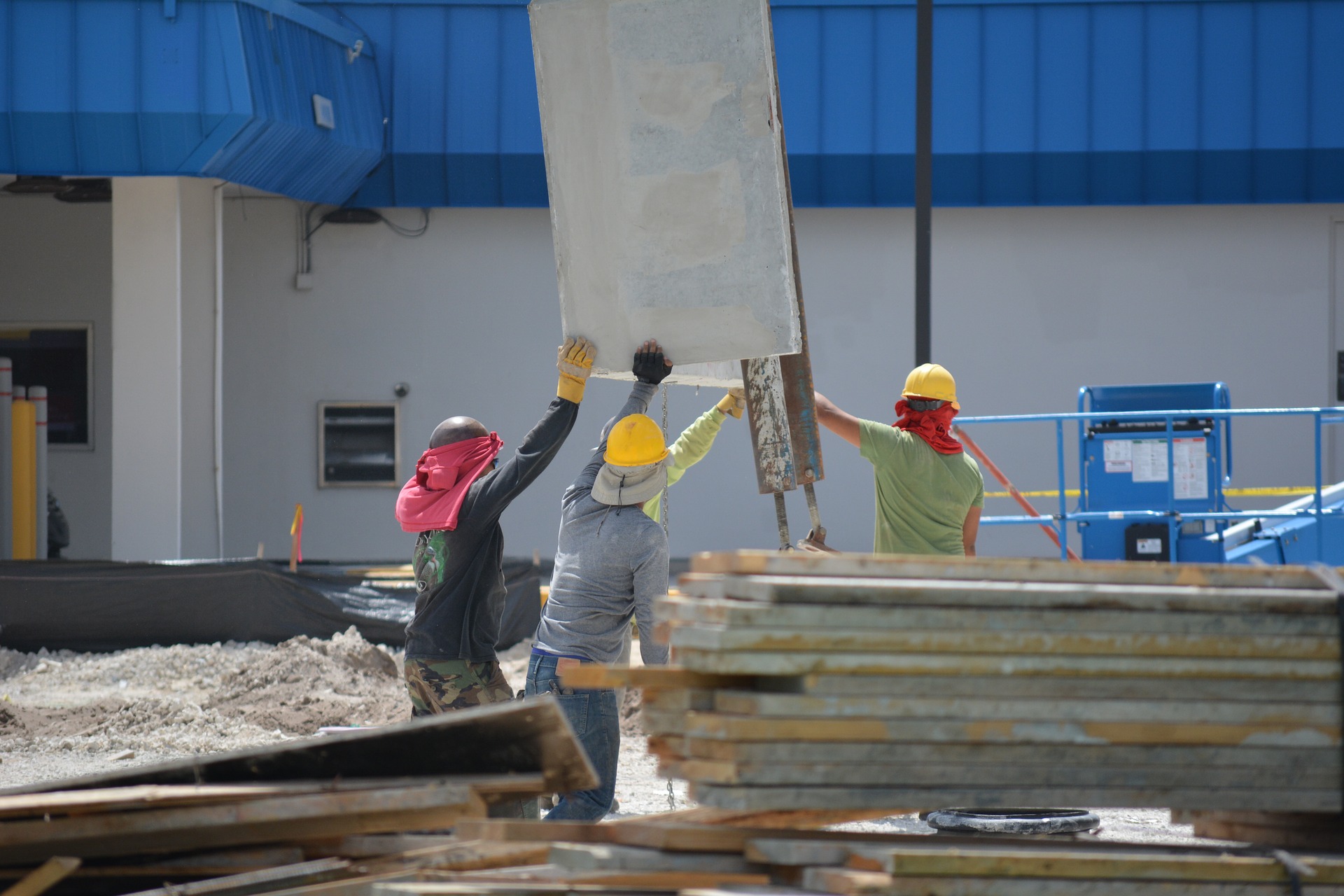In any industry where machinery is used, it is vital that it be protected when it is not operational. That is true regardless of whether it is utilized in an indoor or outdoor setting, or of what materials the various components are made. Where there is a danger of damage from rust, dirt, oil, grime, sun, wind, or other elements, custom covers from companies like Dynatect Manufacturing must be used. That way, the businesses that use the machinery can be sure that it is staying in top shape. Here are five examples of industries where these machines covers can be used.
Protective Covers for Sports
In many different types of sports, protective covers are needed for machinery and equipment of various kinds. Zambonis that are used for hockey games often need to be covered when they are not in use. The same is true of the components in batting cages for Major League Baseball and the minor leagues. Pitching mounds and home plate covers protect the field from the elements, and for gymnastics, gym floor covers can be used. For MMA or boxing, there are covers for the ring, and for track and field, there are jump pit covers.
Industrial Shipping and Hauling
For trucks that do industrial shipping and hauling, custom covers come in handy as well. That is true for flatbed and lumber trucks, and also for vehicles used for steel hauling and landscaping. Construction tarps also fall into this category. In that area, you have concrete curing blankets, safety debris netting, building enclosure tarps, and even sandblasting containment tarps.
Industrial Curtains
Then there are industrial curtains of various kinds that have a variety of uses. Some of these include warehouse divider curtains, outdoor curtains composed of different materials for a multitude of purposes, and mesh or roll-up curtains. There are also wash bay curtains and airplane hanger curtains. Some of these are made of tremendously strong materials, and it takes several people working together even to lift them.
Noise Control Curtains
There are also curtains used by different industries, most notably construction or demolition, where the purpose is to control or contain loud noises, like drilling or blasting. These curtains and covers are sometimes portable, or sometimes they are permanently installed in locations where industrial work is being done.
Fire Retardant Tarps
These are tarps that are rarely specific to different industries but are more designed for their fire-smothering capabilities. They are made of vinyl or poly blends that are heavy and durable. Some of them are coated with acrylic or silicone, while others, for things like fiberglass welding, are heat-treated according to highly specialized standards.
Wherever safety is a concern as well as the desire to protect expensive equipment and preserve it for as long as possible, protective machine covers have a place. The industries that use these covers understand their value, and they are more than willing to spend on custom-designed materials. They want to keep their employees safe, and they also want their machinery to have as long of working life as possible.






















